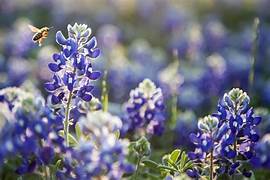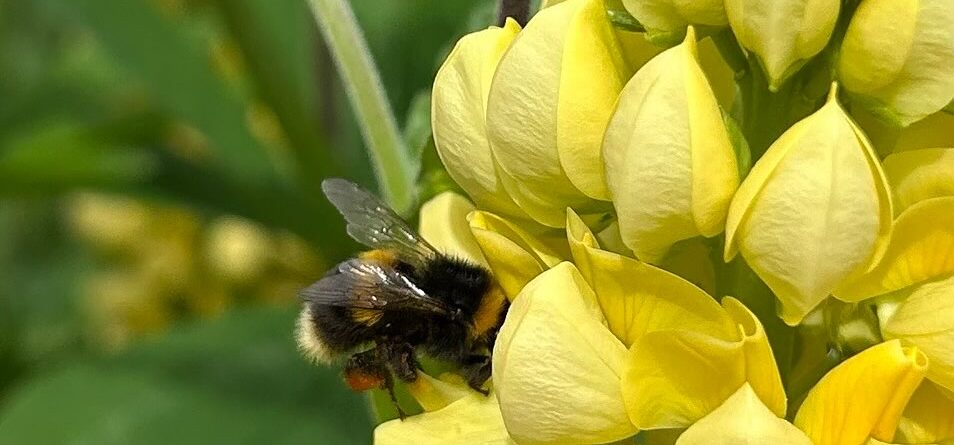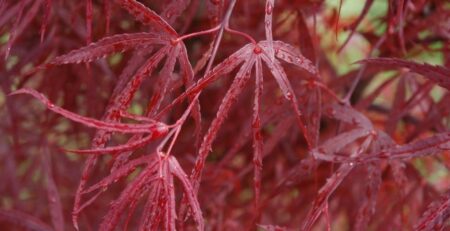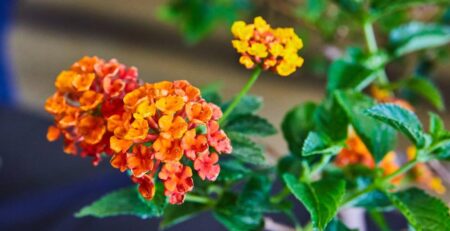Nature’s Teamwork
Did you know that Lupinus is a genus of plants in the legume family Fabaceae, which includes our own state flower, the bluebonnet? These flowers, commonly referred to as lupines, are mostly herbaceous perennials, such as the one shown here from a garden in southern England, but bluebonnets are annuals and tolerate our North Texas soil and climate much better than most other varieties.
Bees, especially bumblebees, are excellent pollinators of lupines. Lupine flowers have a unique “keel”
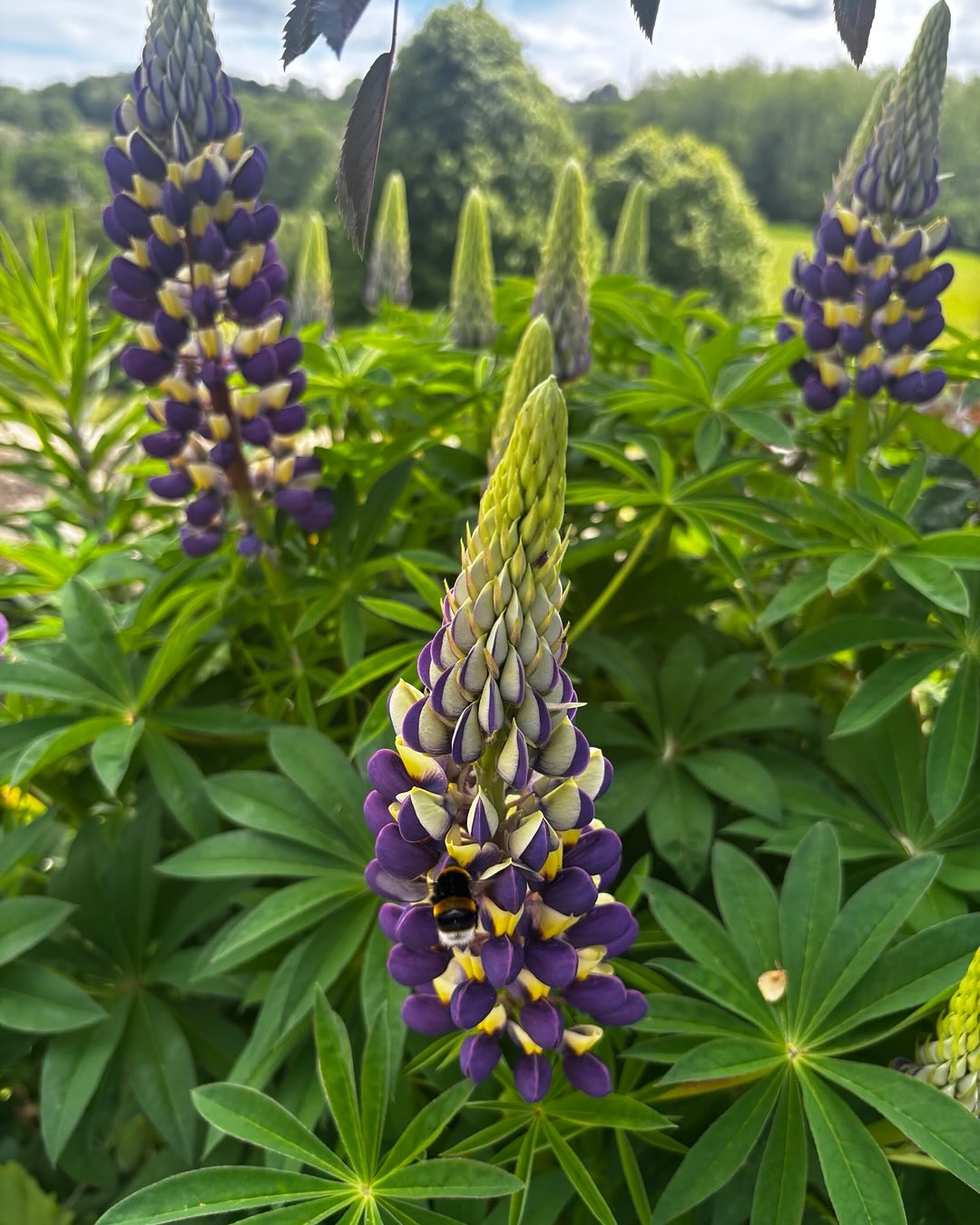
structure, where the reproductive parts are enclosed within two fused petals. When a bumblebee lands on the flower, its weight presses down on the keel, exposing the stamens and pistil. This allows the bee to collect pollen while also transferring some to other flowers, ensuring pollination.
Lupines provide high-quality pollen, though they aren’t considered major nectar sources. They attract various pollinators, including mason bees and honeybees, but bumblebees are the most efficient at accessing their pollen.
